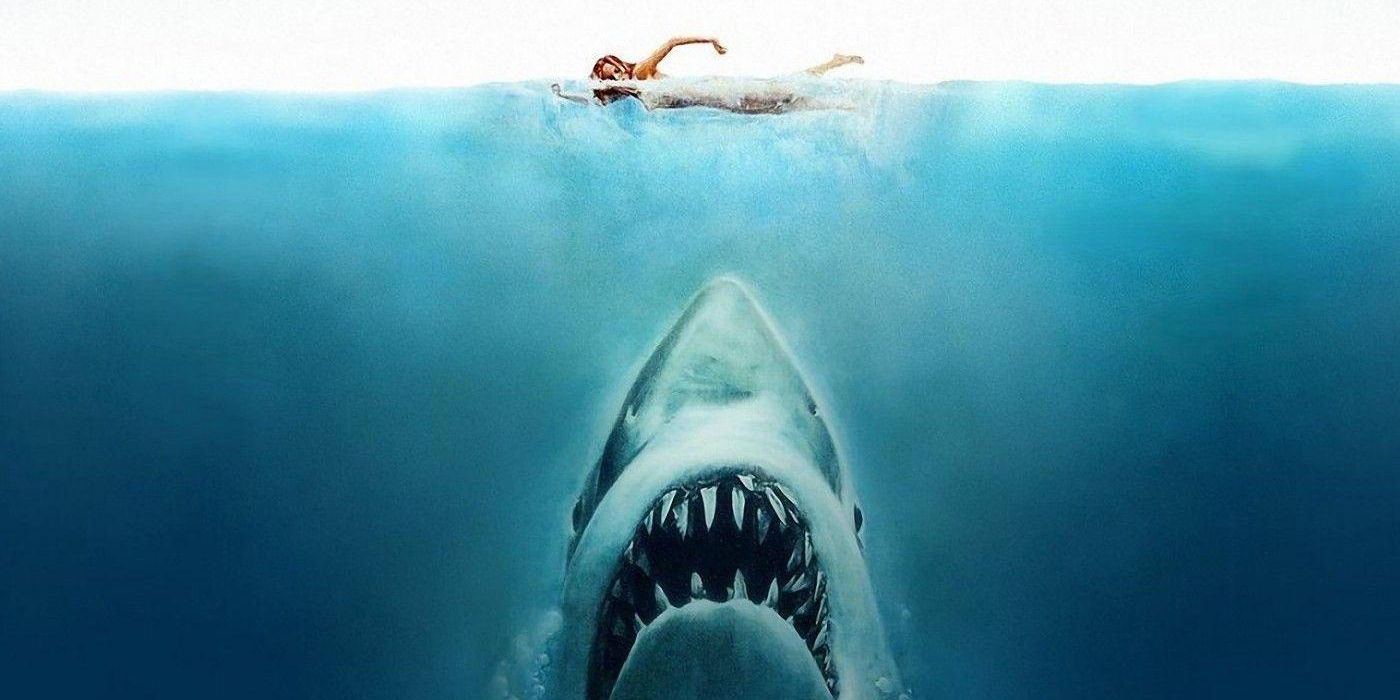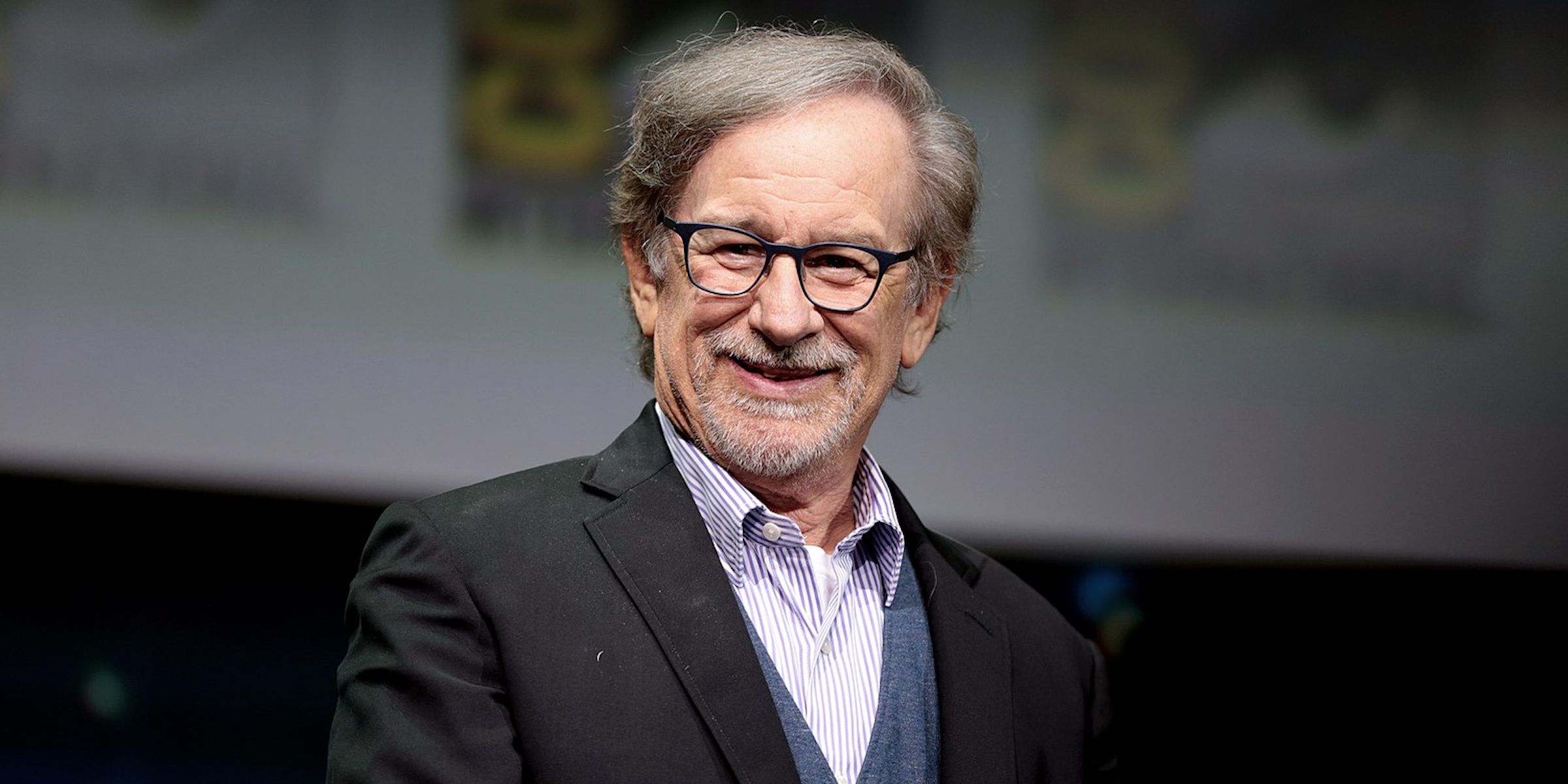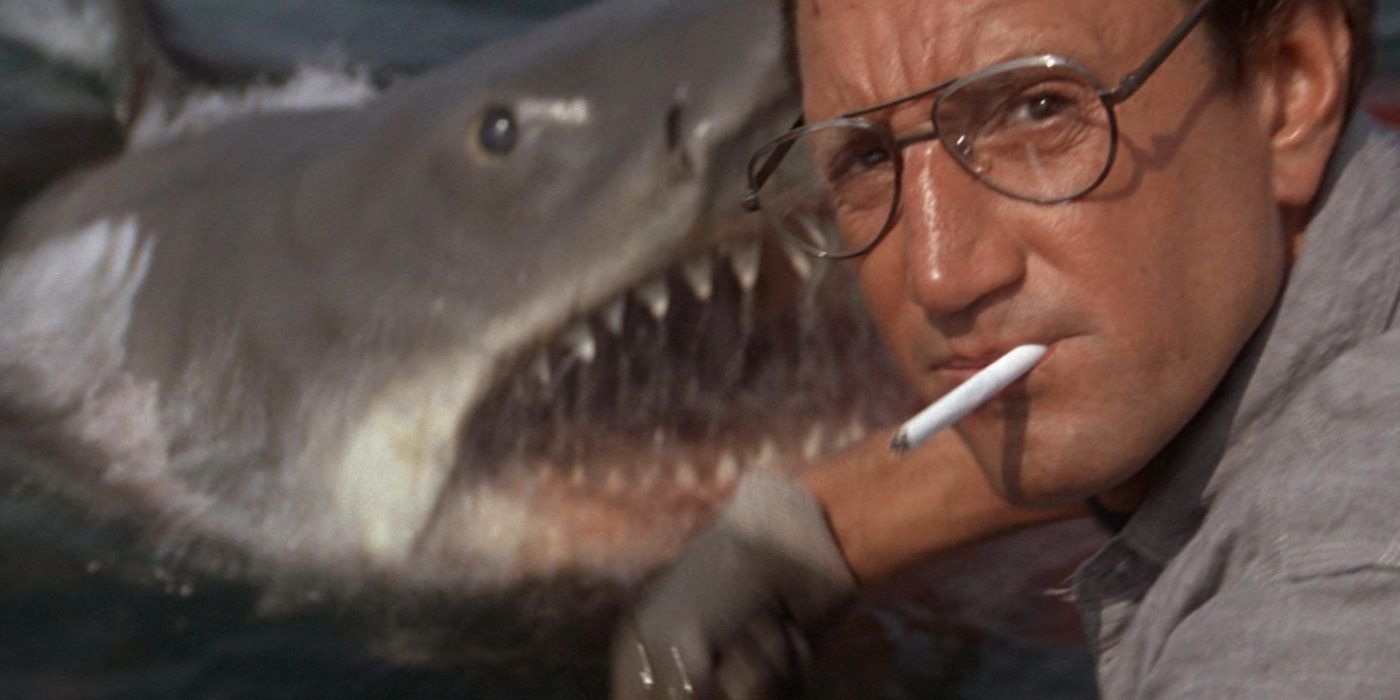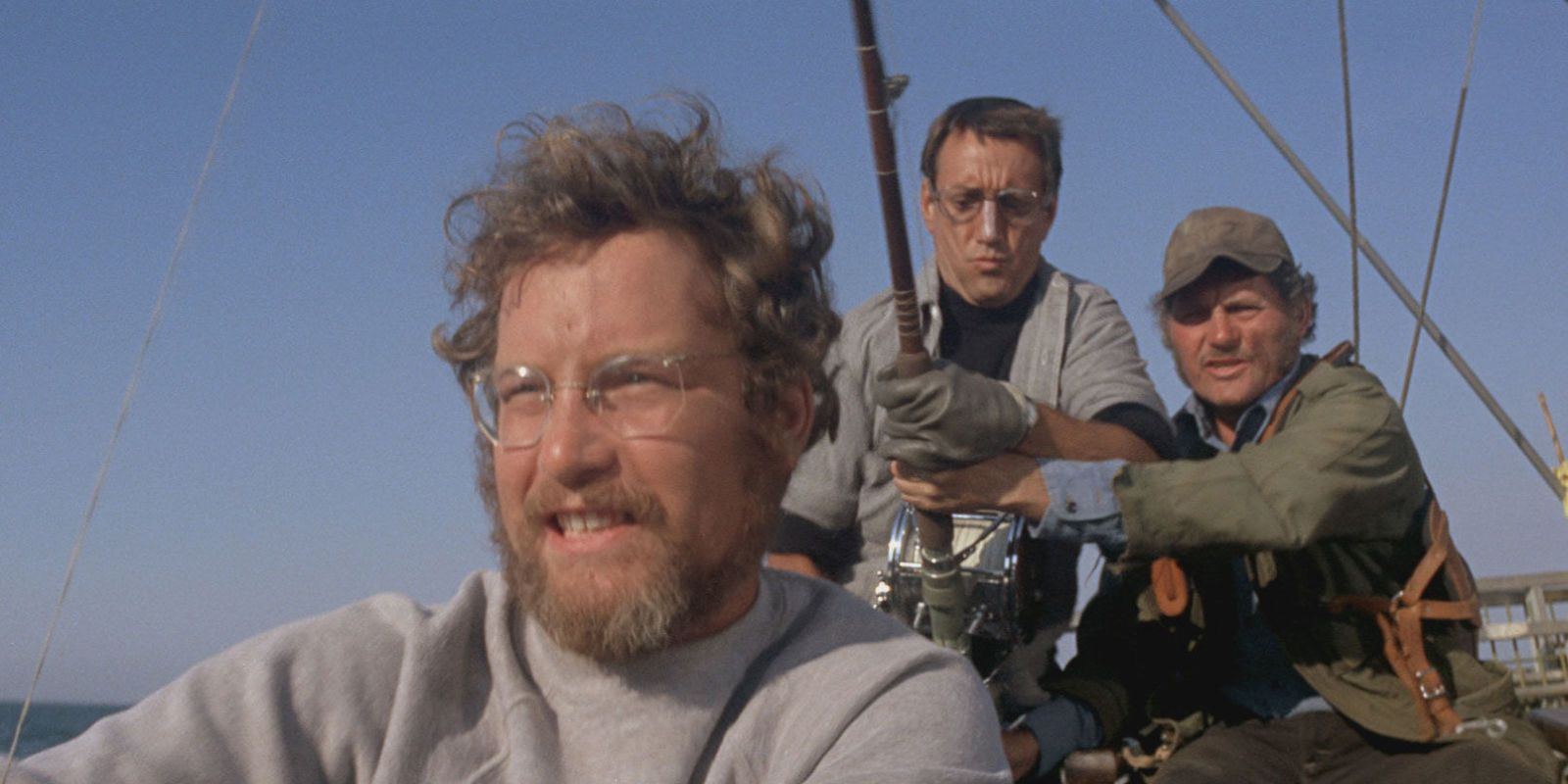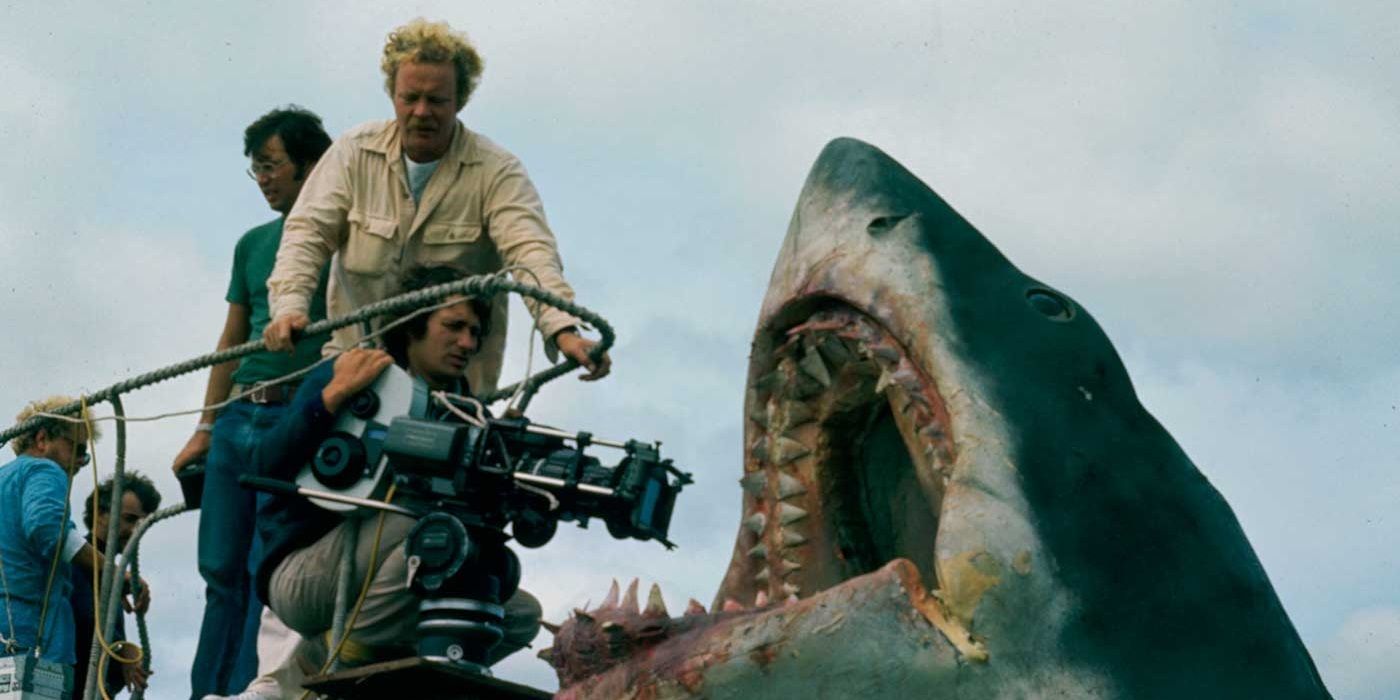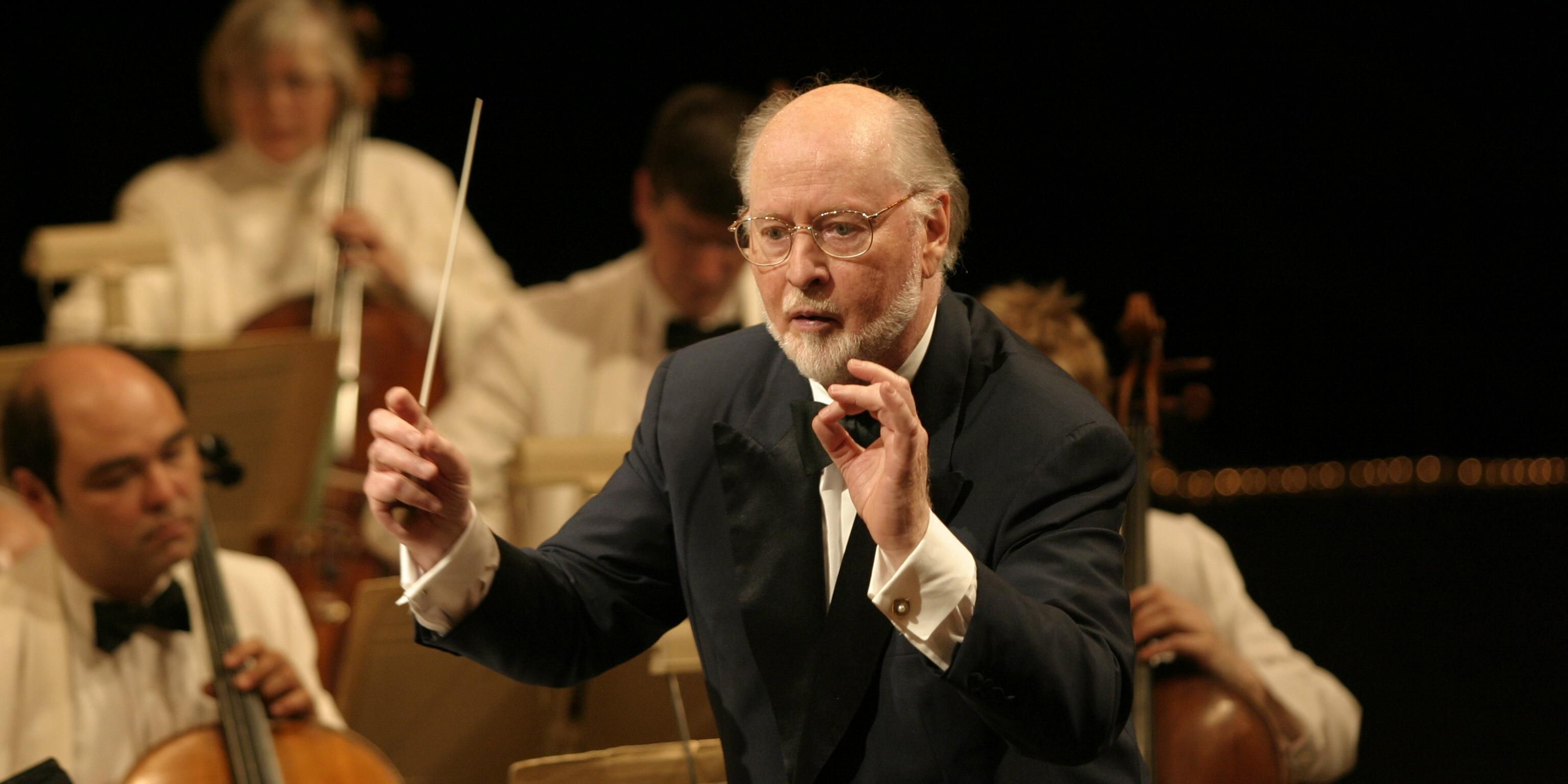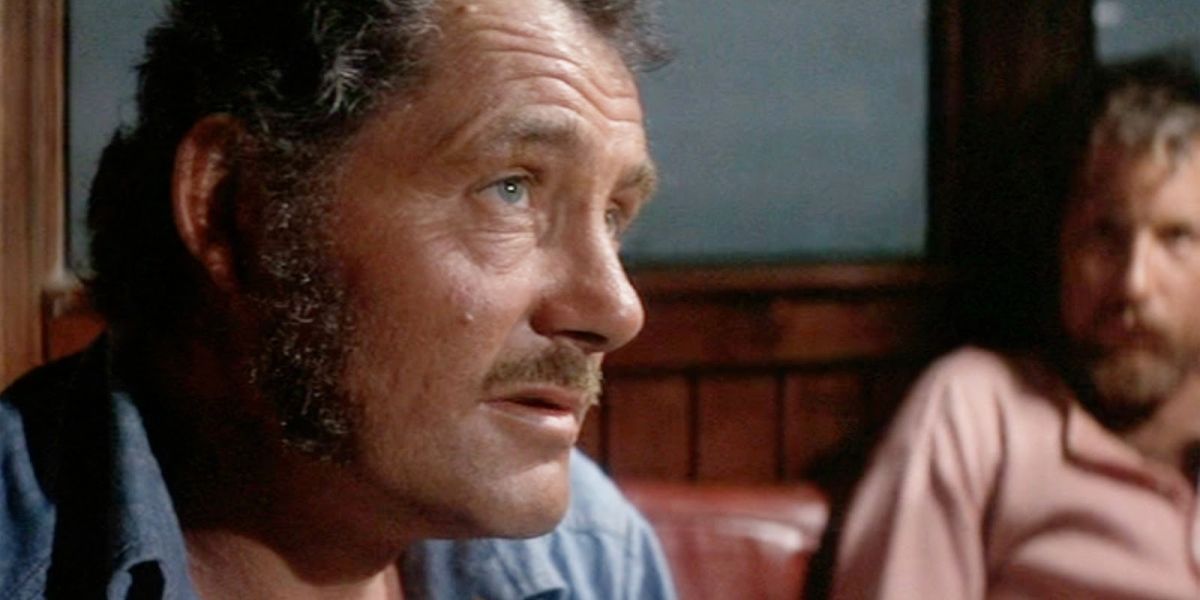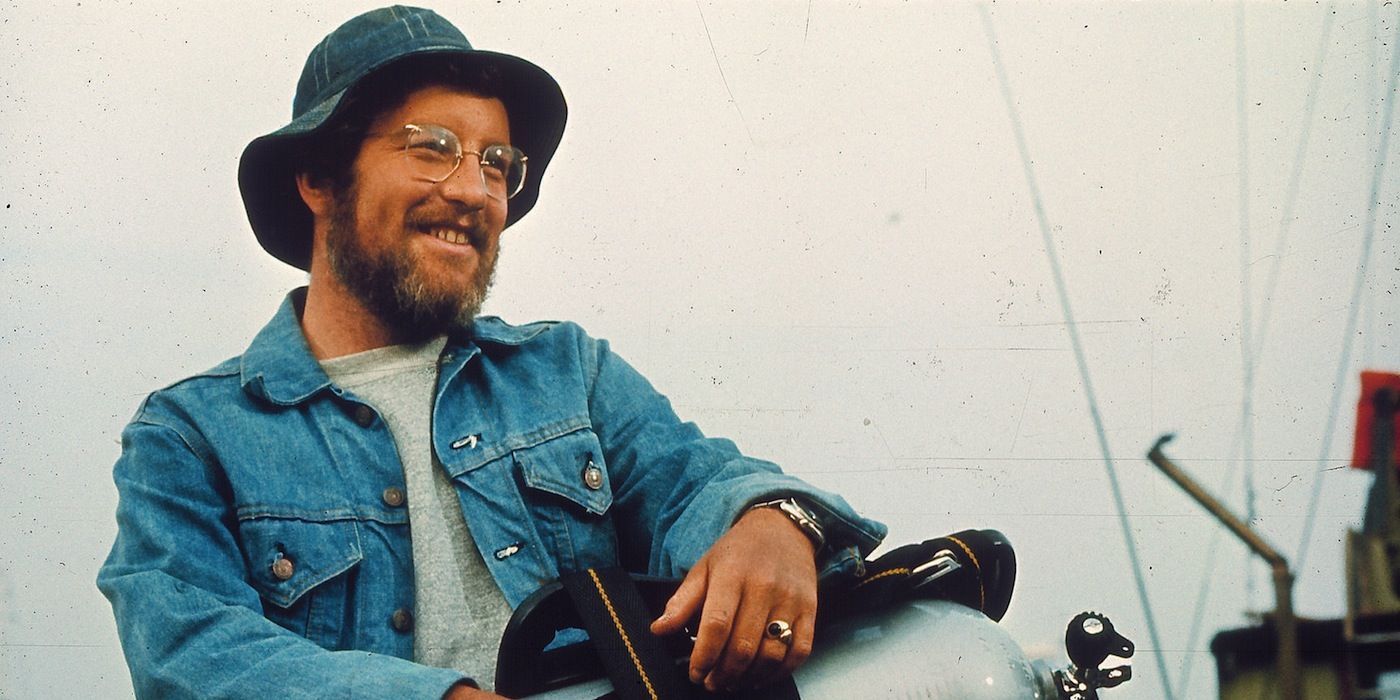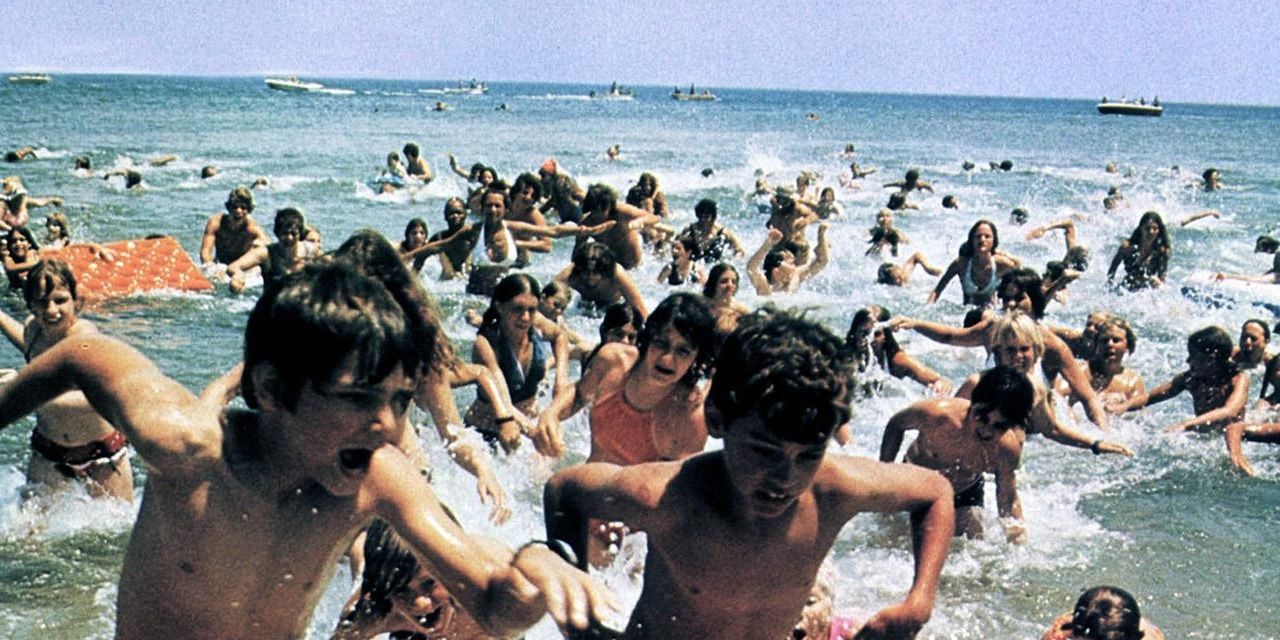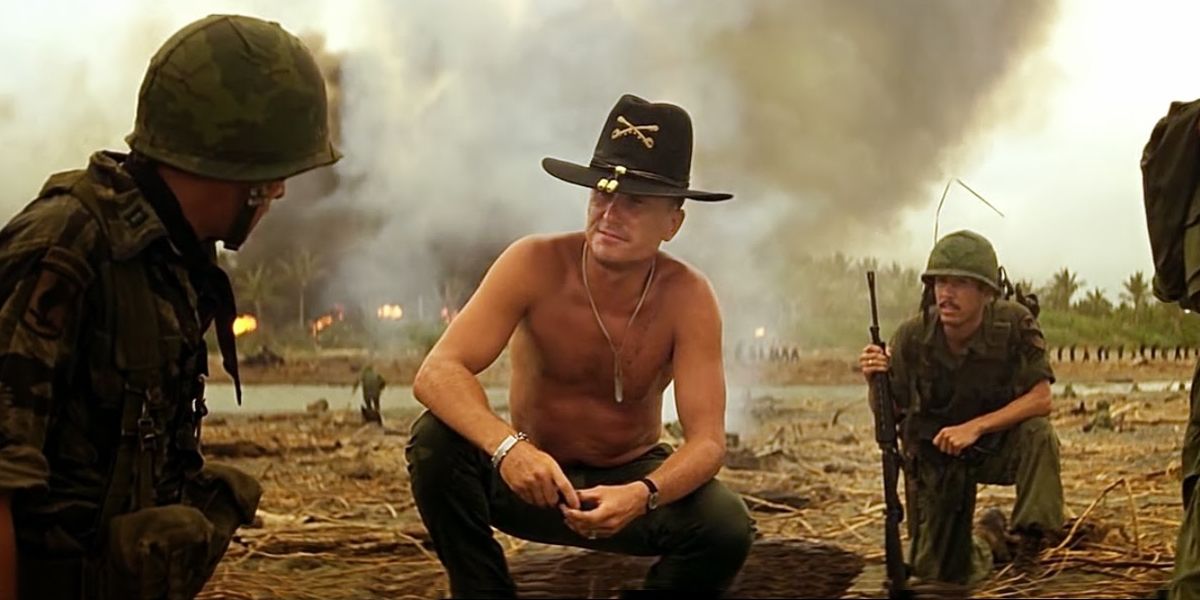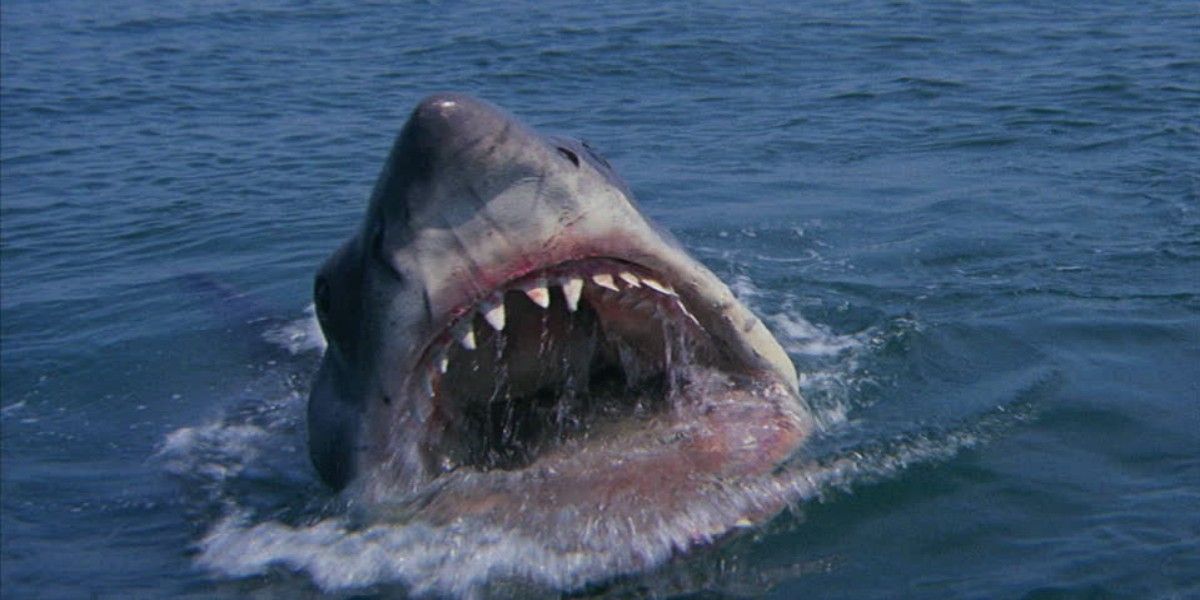As far as troubled film productions go, Steven Spielberg’s Jaws is up there with the worst of them. From malfunctioning mechanical sharks to studios of little faith to endless shooting delays, Jaws seemed to be cursed from day one. Obviously, it all worked out in the end, as the film went on to become the highest-grossing movie of all time (a record that it, admittedly, only managed to hold onto for two years before Star Wars took its place), swept the year-end awards shows, and revolutionized Hollywood by pioneering the summer blockbuster. So, here are 10 Behind-The-Scenes Facts About Jaws.
Spielberg got cold feet right before production
On the eve of shooting Jaws, Steven Spielberg tried to pull out of directing it. He’d just helmed Duel, a made-for-TV movie about a guy being hunted down by an ominous truck, and he worried that if he made Jaws right afterwards, he would be typecast as a director of monster movies. When Spielberg mentioned leaving to do a movie called Lucky Lady for Fox, Universal immediately threatened legal action over his contract. Producer David Brown was more understanding, and said that if he made Jaws, Spielberg would have the freedom to make whatever movie he wanted for the rest of his career (and that’s still true to this day, over 40 years later), convincing him to stay with the project.
Many of the film’s most iconic quotes were improvised on-set
According to screenwriter Carl Gottlieb, a number of the most famous quotes from Jaws were improvised by the actors on the set. The most iconic example of an ad-libbed line is also perhaps the best-known line from the movie: “You’re gonna need a bigger boat,” was thought up by Roy Scheider for the moment right after Brody sees the shark breach the surface of the ocean, and it now practically defines the whole movie. Robert Shaw also improvised the line, “Here lies the body of Mary Lee,” after Steven Spielberg simply told him to give Ellen Brody a hard time.
Richard Dreyfuss and Robert Shaw hated each other
While Roy Scheider pretty much got along with his co-stars, Richard Dreyfuss and Robert Shaw hated each other. Shaw’s drinking was a major problem on the set, and when he said that he wished he could quit drinking while having a drink between takes, Dreyfuss reportedly grabbed the drink out of his hand and threw it into the ocean, shocking everyone else on the cast and crew. In the end, this mutual resentment probably had a positive effect on the film itself, because it made the rivalry between Hooper and Quint (one of the film’s main conflicts) feel more real.
The mechanical shark’s name was Bruce
The mechanical shark used during the making of Jaws was famously named “Bruce,” a name that would later be used for the great white shark in Finding Nemo. Steven Spielberg named the shark after his lawyer. Three of these sharks were produced for the film, with each one having a specific purpose for the shoot: one was open on the left side, one was open on the right side, and one had skin all over.
Each one cost a whopping $250,000 to manufacture. There were infinite issues with the sharks, including the fact that none of them had been tested in saltwater, which destroyed the mechanisms.
Steven Spielberg initially thought John Williams’ theme was a joke
When John Williams first played his unforgettable Jaws theme for Steven Spielberg, Spielberg laughed and said, “That’s funny, John, really, but what did you really have in mind for the theme of Jaws?” Of course, the movie went on to win the Academy Award for Best Score (which Williams had to scurry off to accept while he was still conducting the orchestra at the actual Oscars ceremony) and Spielberg would later say that without that iconic theme, Jaws wouldn’t have been half as successful as it was. Williams feels that his score for Jaws was his big break in Hollywood.
Robert Shaw did the U.S.S. Indianapolis monologue in one take – but only when he was sober
Robert Shaw’s alcoholism was a huge problem for the production of Jaws, as he was drinking all day every day, knocking them back between takes. He got particularly drunk for the U.S.S. Indianapolis scene, since the script called for the characters to be drinking and Shaw saw that as an excuse for some method acting. He ended up slurring the whole thing and none of the footage could be used. Shaw regretted it and asked Steven Spielberg if he could have another crack at the scene, sober. The next day, Shaw delivered the breathtaking performance that appears in the final cut in just one take.
Each scene was written the night before it was shot
Peter Benchley, the author of the original novel, wrote three drafts of the script before leaving it in Steven Spielberg’s hands to be rewritten. The director felt that while Benchley had a strong grasp of the plot, his characters weren’t likable yet. After a few writers turned down the chance to polish the script, Spielberg managed to recruit Carl Gottlieb, a comedy writer who’d been working on the sitcom The Odd Couple. Every night, Spielberg and Gottlieb would get together with the cast for dinner to discuss the following day’s scenes, with the actors often suggesting lines of dialogue, and Gottlieb would write the scenes based on these discussions just a few hours before they were shot.
Martha’s Vineyard residents were each paid $64 to run across the beach and scream
Martha’s Vineyard was chosen as the shooting location for Jaws, because it had the Massachusetts look that Amity Island was supposed to have, and because off the shore, the water was only 30 feet deep, allowing the crew to operate the mechanical sharks with relative ease.
For the iconic scene following Alex Kintner’s attack, in which all of Amity Island’s vacationers flee onto the beach from the blood-soaked waters, the local residents were asked to run across the beach in a frenzy and scream. They each received $64 for the scene, which would’ve paid for a nice steak dinner that evening.
Robert Duvall wanted to play Quint
Robert Duvall initially wanted to play the role of Quint, but Steven Spielberg wouldn’t let him, because he thought he was too young at the time. It was apparently Duvall who convinced Spielberg to take the movie in the first place, so he was probably (and understandably) pretty miffed that he didn’t get the part he wanted. In the end, Robert Shaw did a fine job with the role, leaving his mark as an icon of the silver screen, but based on his similarly unforgettable yet-to-come turns in The Godfather and Apocalypse Now, Duvall undoubtedly would’ve done a great job, too.
Steven Spielberg broke the mechanical shark by pranking George Lucas with it
The shark famously makes very few appearances in Jaws, and we’ve all been told that this was an intentional move to create Hitchcockian suspense. But as it turns out, the filmmakers did intend to show the shark a lot more — it’s just that Steven Spielberg broke the mechanical shark on the night before filming. He brought his friend George Lucas along to see the shark and Lucas was fascinated by it. He wanted to get a closer look at the mechanisms, so he stuck his head in the shark’s mouth. As a prank, Spielberg closed the mouth on Lucas and ended up breaking the shark, necessitating them to use it a lot less than intended.

